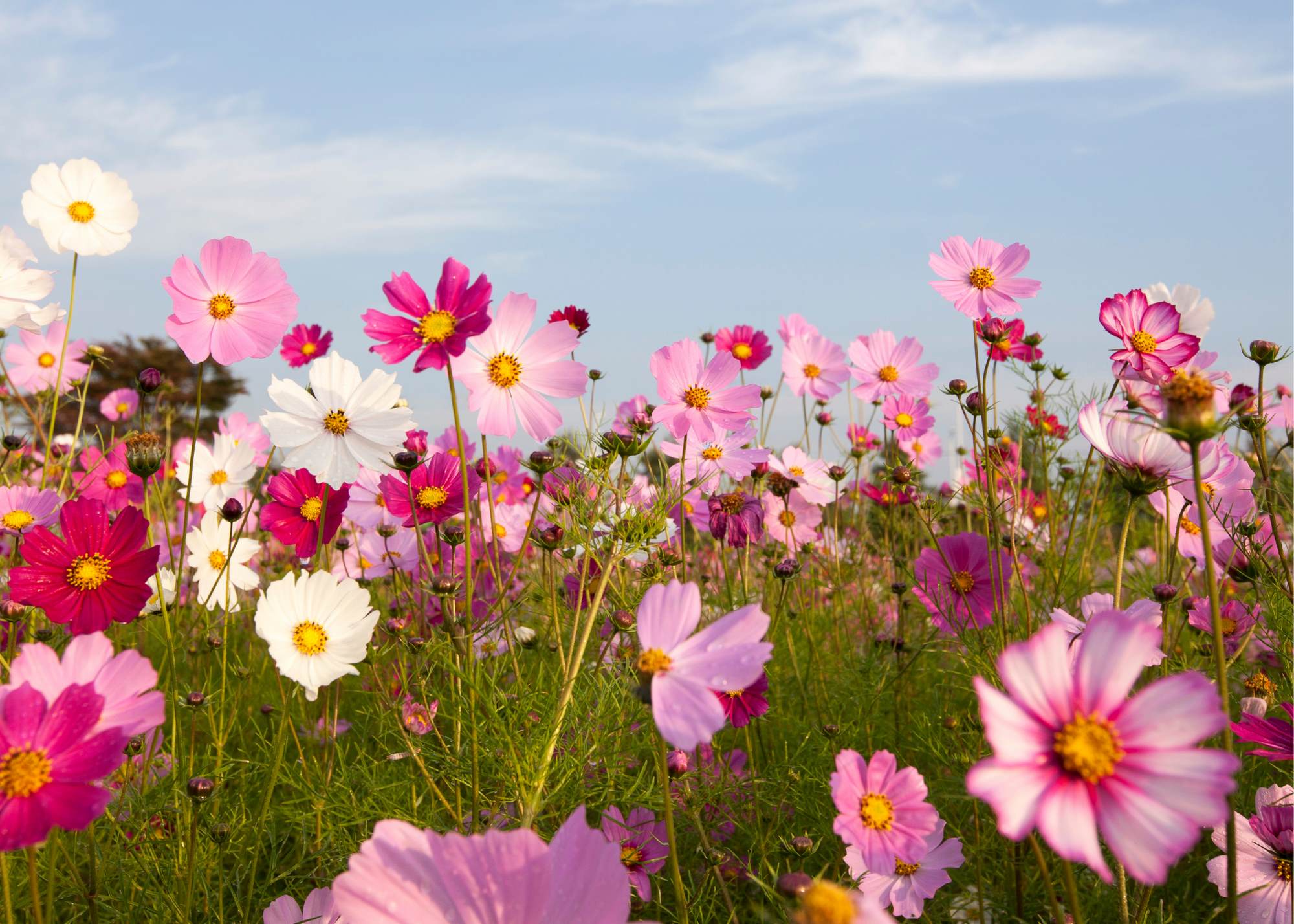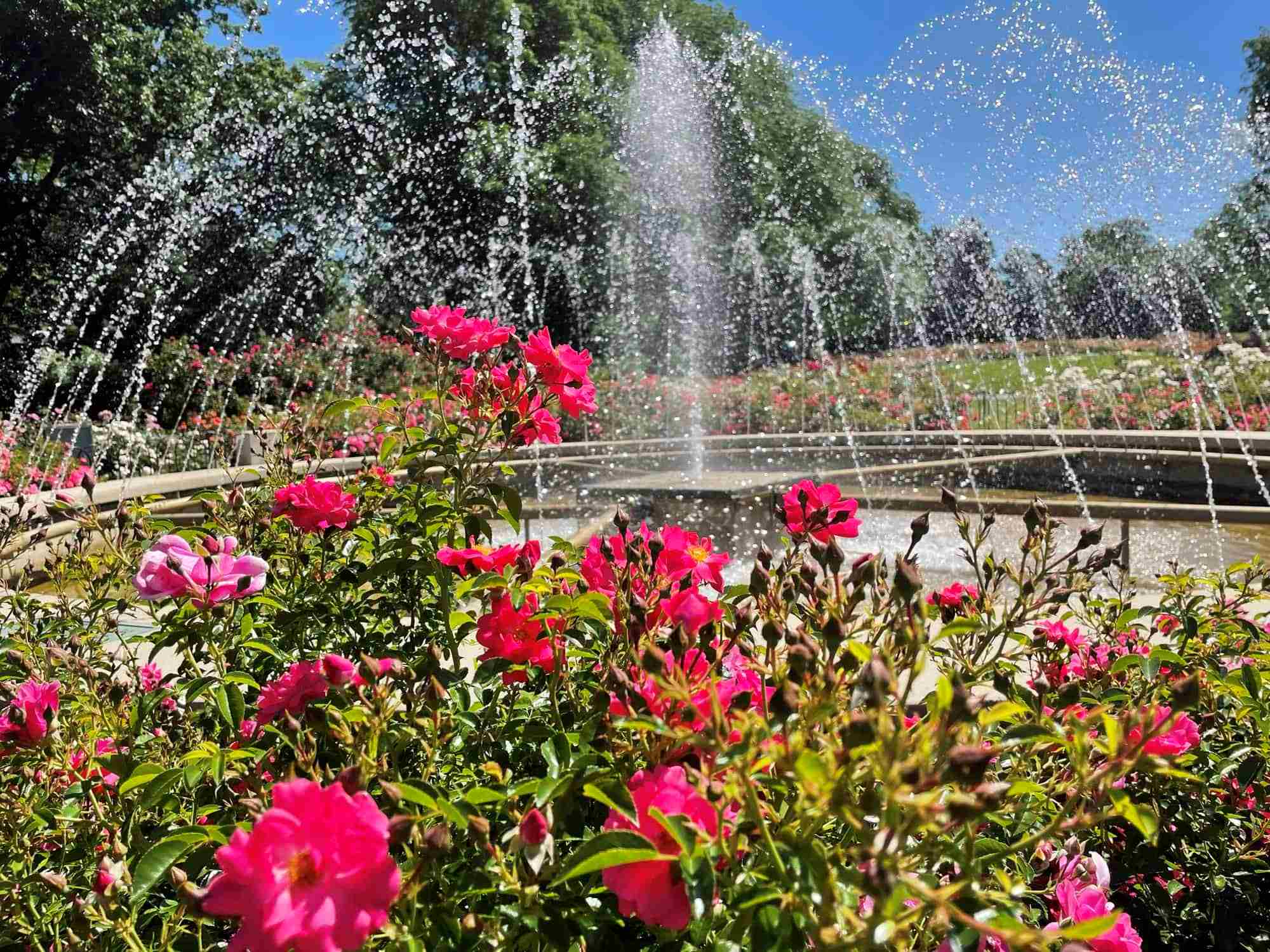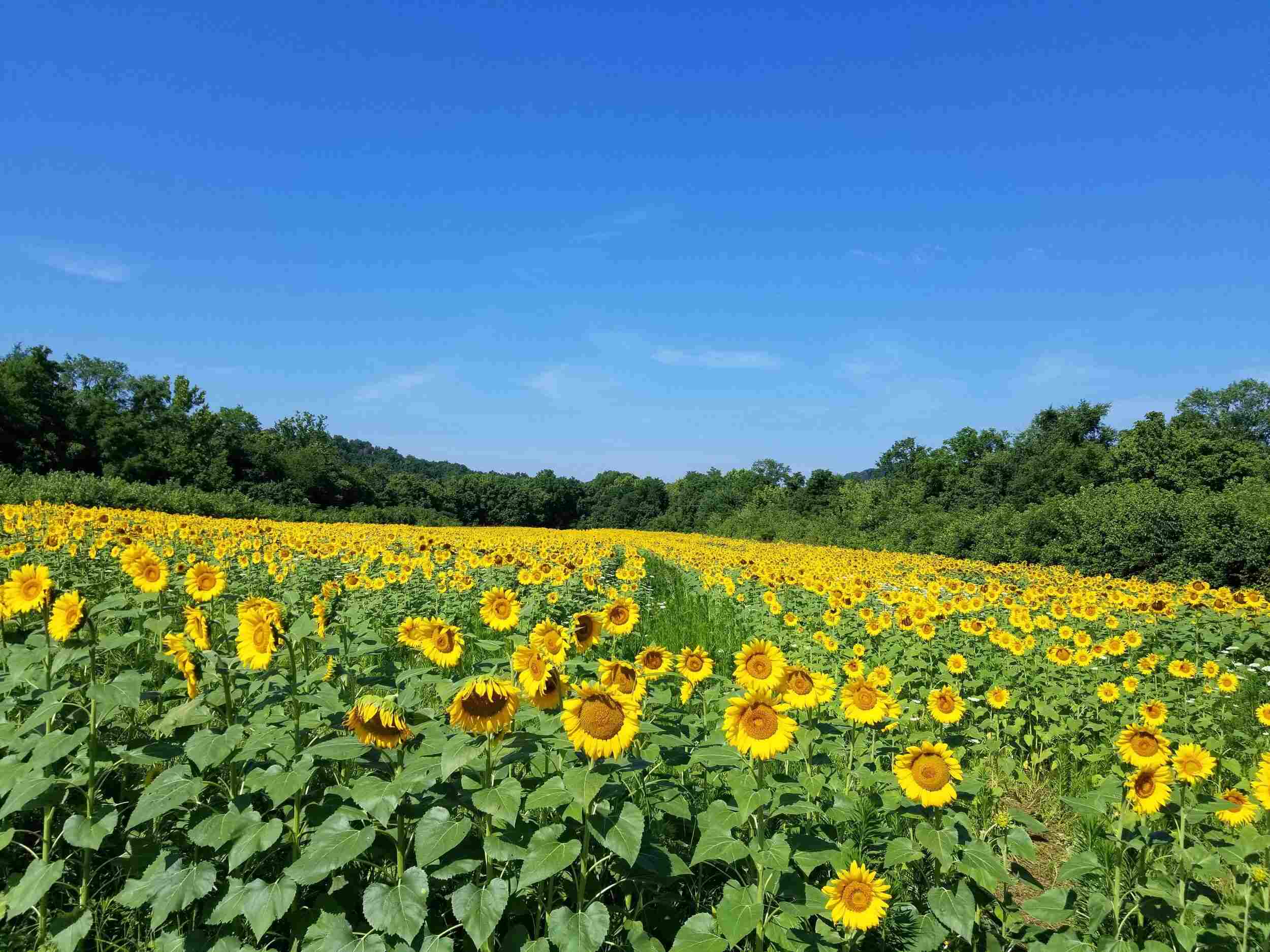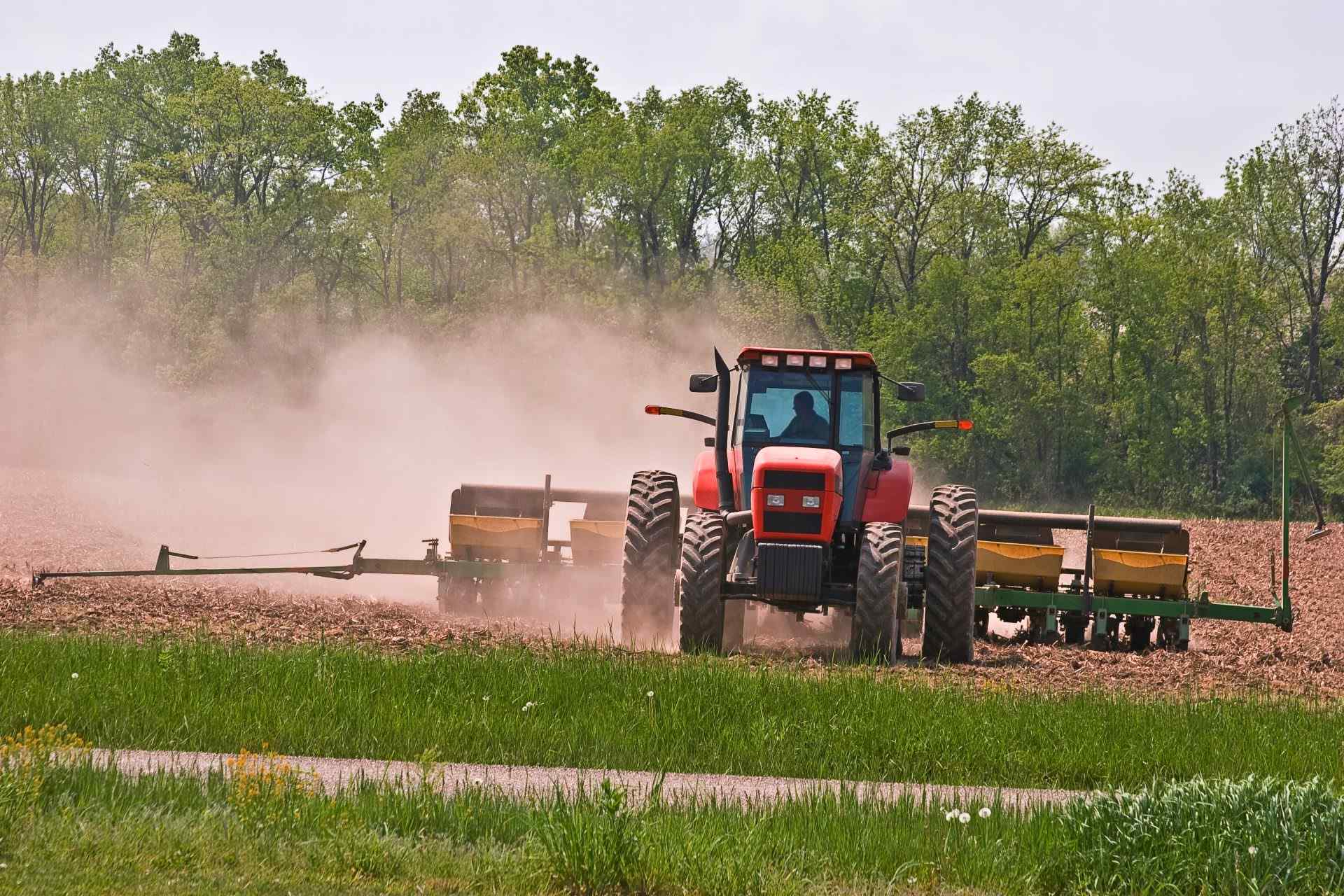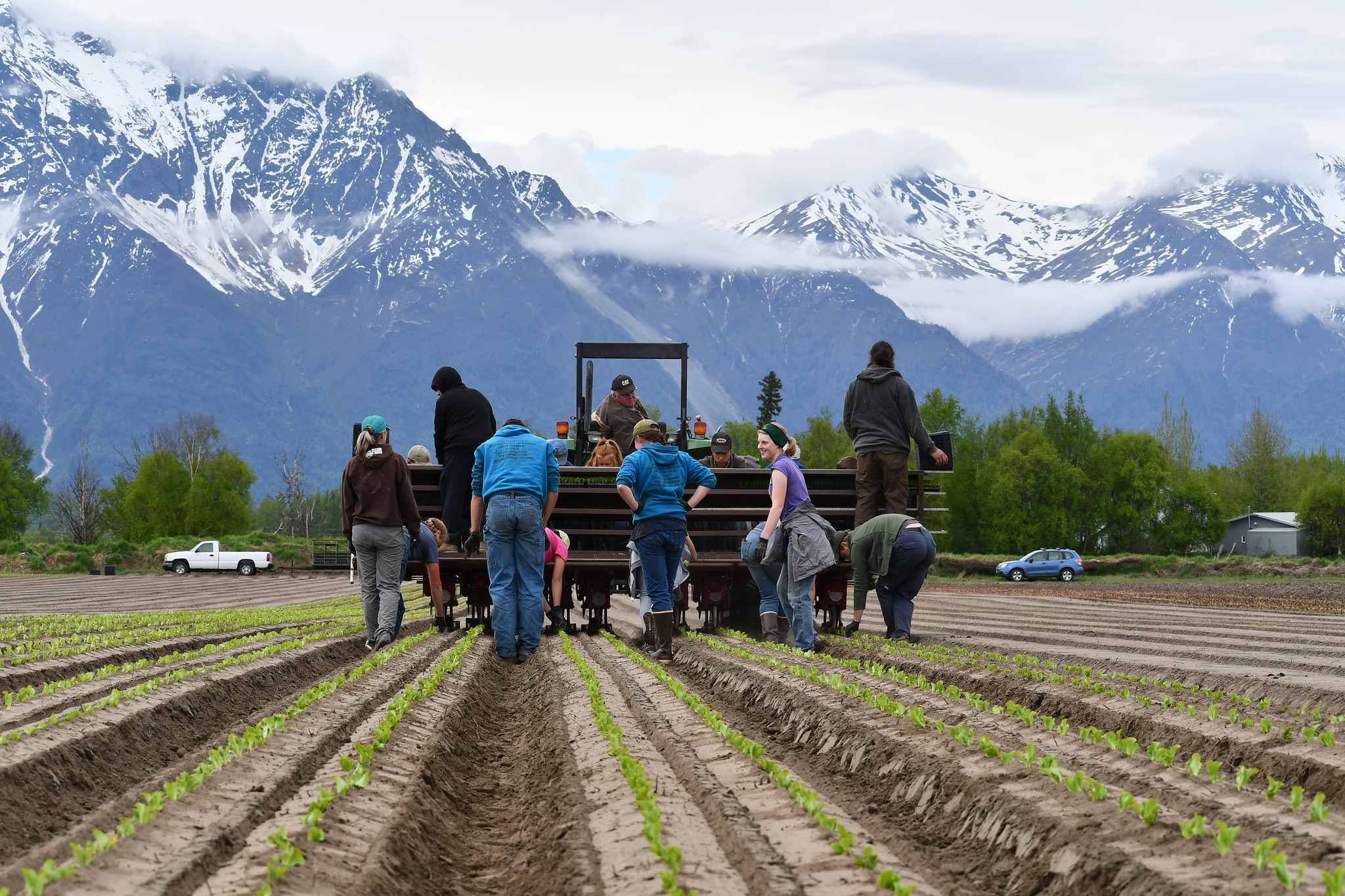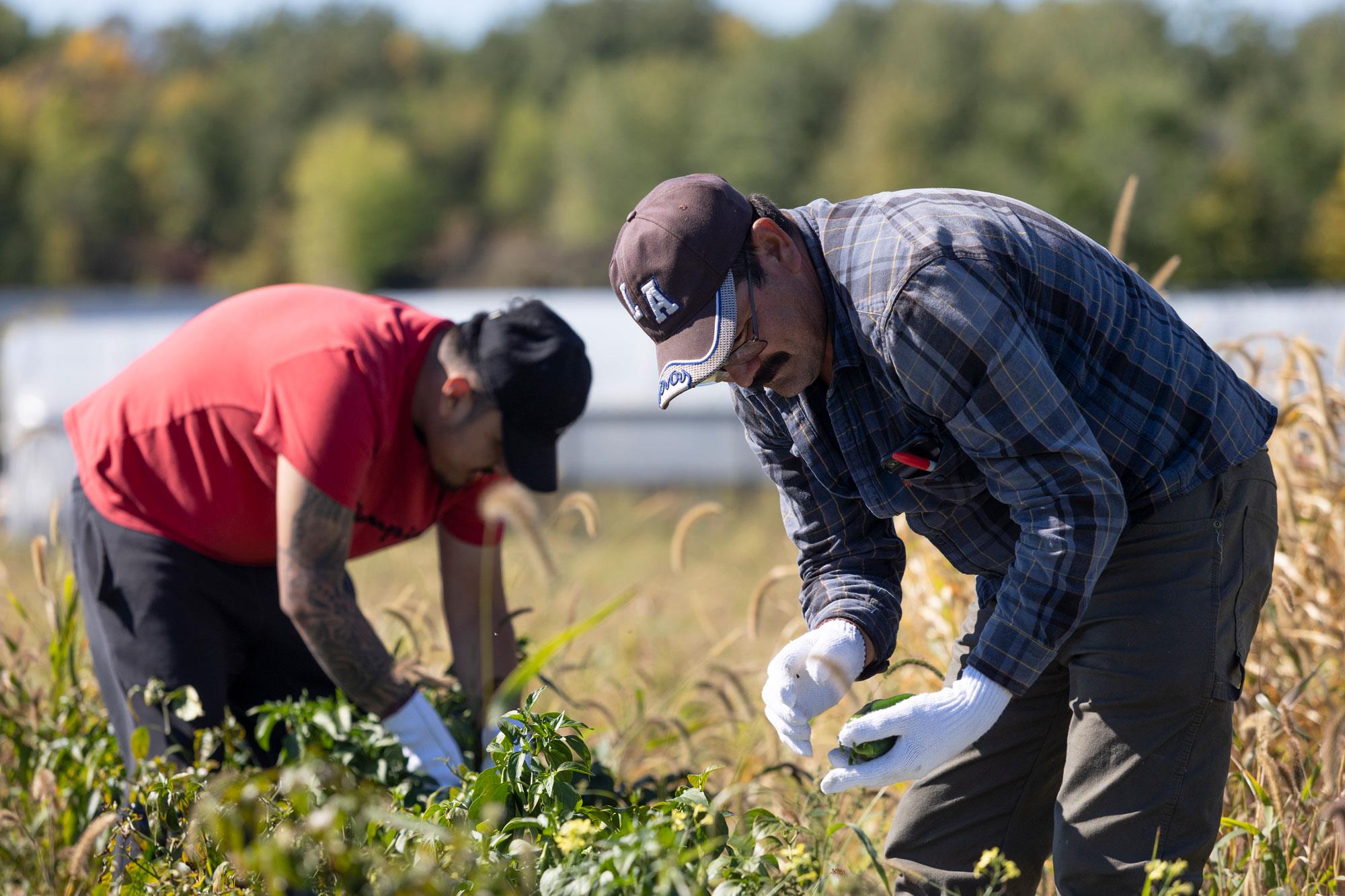Home>Gardening Basics>Understanding Soil>What Planting Zone Is St. Petersburg, Florida
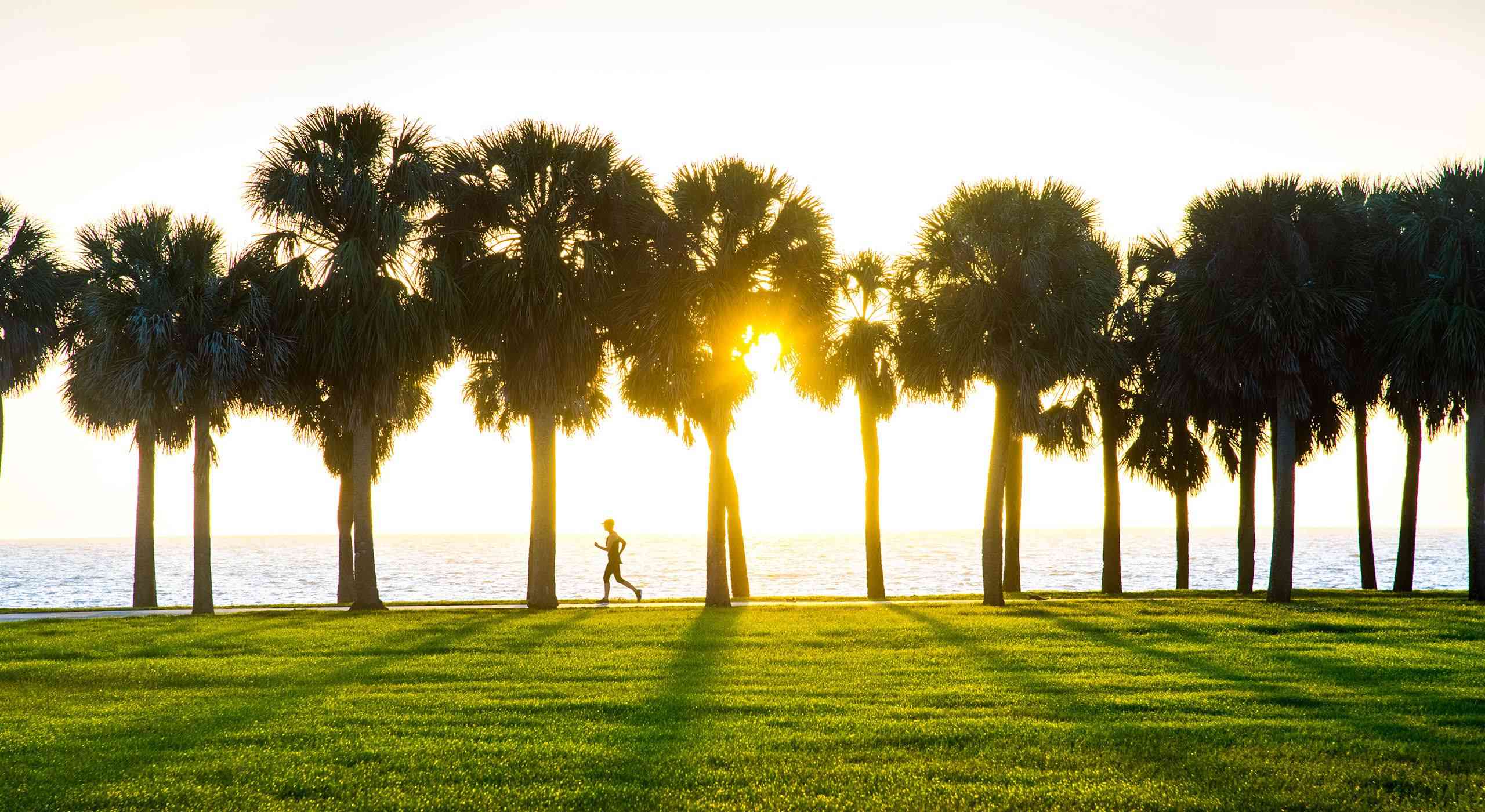

Understanding Soil
What Planting Zone Is St. Petersburg, Florida
Modified: January 22, 2024
Find out what planting zone St Petersburg, Florida falls under and understand the importance of soil for successful gardening.
(Many of the links in this article redirect to a specific reviewed product. Your purchase of these products through affiliate links helps to generate commission for Chicagolandgardening.com, at no extra cost. Learn more)
Table of Contents
Introduction
When it comes to gardening and landscaping, understanding the planting zone of your area is essential for successful cultivation. Each region has its own unique climate and environmental conditions that impact the growth and survival of plants. St. Petersburg, Florida, is no exception.
St. Petersburg, often referred to as the “Sunshine City,” is located in Pinellas County on the west coast of Florida. Known for its beautiful beaches, vibrant arts scene, and mild winters, St. Petersburg offers a favorable environment for gardening enthusiasts.
However, it is important to note that even within St. Petersburg, there can be variations in planting conditions due to factors such as proximity to the coast, altitude, and microclimates. To successfully grow plants and establish a flourishing garden in St. Petersburg, it is crucial to have a thorough understanding of the planting zone in the area.
In this article, we will explore in detail the factors that affect St. Petersburg, Florida’s planting zone and the implications it has for gardeners. We will also provide a classification of St. Petersburg’s planting zone and offer recommendations for plants that thrive in this particular region. Whether you are a beginner or an experienced gardener, understanding the planting zone of your area will help you make informed decisions and optimize your gardening efforts.
Understanding Planting Zones
Planting zones, also known as hardiness zones, are geographical areas that are categorized based on the average annual minimum temperature. The United States Department of Agriculture (USDA) developed a zoning system known as the USDA Hardiness Zone Map to help gardeners determine which plants are most likely to thrive in their specific area.
The USDA Hardiness Zone Map divides the United States into 13 zones, each representing a 10-degree Fahrenheit difference in average annual minimum temperature. Zones 1 and 2 are the coldest, while zones 12 and 13 are the warmest. This map provides gardeners with valuable information on the suitability of various plants for specific geographic regions.
In addition to average annual minimum temperature, planting zones can also consider other climatic factors such as the length of growing seasons, average frost dates, and rainfall patterns. These factors play a significant role in determining the success or failure of different plants in a given area.
Understanding your planting zone is crucial because it helps you select the right plants that can withstand the local climate and conditions. By choosing plants that are well adapted to your zone, you increase the chances of their survival and growth, allowing you to create a thriving and sustainable garden.
However, it is essential to note that planting zones are not the only factor to consider when planning your garden. Other factors such as soil type, sunlight exposure, drainage, and wind patterns also play a crucial role in determining plant growth. Therefore, it is advisable to conduct additional research specific to your area to ensure the best results.
Factors Affecting St. Petersburg, Florida’s Planting Zone
St. Petersburg, Florida’s planting zone is influenced by several factors that contribute to its unique climate and growing conditions. Understanding these factors can help gardeners make informed decisions about the types of plants that will thrive in the area. Let’s explore some of the key factors affecting St. Petersburg’s planting zone:
- Climate: St. Petersburg has a subtropical climate, characterized by warm and humid summers, mild winters, and abundant rainfall. The proximity to the Gulf of Mexico moderates temperatures, preventing extreme cold or hot weather. This climate provides favorable conditions for a wide variety of plants to flourish.
- Temperature: St. Petersburg experiences mild winters, with average temperatures rarely dropping below freezing. This allows for year-round gardening and provides an extended growing season. However, occasional cold snaps can occur, so selecting plants that are cold-tolerant or can withstand brief periods of cold is important.
- Humidity: St. Petersburg has high humidity levels throughout the year, which can affect the health and growth of certain plants. Some plants, especially those that are prone to fungal diseases, may require extra care and attention to prevent issues caused by the humidity.
- Proximity to the Coast: St. Petersburg is located on the coast, which has its own unique impact on the planting zone. Coastal areas tend to have milder temperatures and higher salt content in the air, which can affect plant growth. Salt-tolerant plants are ideal for gardens near the coast.
- Soil Composition: The type of soil in St. Petersburg varies across the region. Sandy soils are common near the coast, while clay and loam soils can be found further inland. Understanding the soil composition is crucial for selecting the appropriate plants and implementing proper soil amendment techniques.
- Drainage: St. Petersburg experiences frequent rainfall, and good drainage is essential for plant health. Poorly drained soil can lead to root rot and other water-related issues. Evaluating the drainage capabilities of your garden and implementing measures to improve it, if necessary, is important.
- Microclimates: St. Petersburg, like many other cities, has microclimates within its boundaries. Factors such as urban heat islands, tree canopy coverage, and proximity to bodies of water can create variations in temperature and other climate conditions. These microclimates can impact plant selection and gardening practices in specific areas of the city.
By considering these factors, gardeners in St. Petersburg can make informed decisions about the types of plants that are best suited for their specific location. Taking into account the climate, temperature, humidity, proximity to the coast, soil composition, drainage, and microclimates will ensure the successful cultivation of a diverse range of plants in St. Petersburg, Florida.
St. Petersburg, Florida’s Planting Zone Classification
Based on the USDA Hardiness Zone Map, St. Petersburg, Florida falls into planting zone 9b. This means that the average annual minimum temperature in the area ranges from 25 to 30 degrees Fahrenheit (-3.9 to -1.1 degrees Celsius).
The classification of St. Petersburg as zone 9b indicates that it has a relatively mild winter climate compared to other parts of the country. This allows gardeners in St. Petersburg to enjoy a long growing season, with the opportunity to cultivate a wide range of plants that thrive in warm and subtropical environments.
The 9b planting zone is particularly suitable for plants that can tolerate occasional light frosts or short periods of temperatures near freezing. However, it is worth noting that St. Petersburg experiences infrequent and brief freezing temperatures, so it is important to select plants that can handle these occasional drops in temperature.
When choosing plants for St. Petersburg’s planting zone 9b, some popular options include:
- Tropical flowering plants such as hibiscus, bougainvillea, and plumeria
- Fruit trees including citrus varieties like oranges, lemons, and limes
- Herbs like rosemary, basil, and thyme
- Vegetables such as tomatoes, peppers, and eggplants
- Foliage plants like palms, ferns, and crotons
These plant choices thrive in the warm and humid climate of St. Petersburg, taking advantage of the area’s long growing season and favorable conditions. However, it is important to consider factors such as sunlight exposure, soil quality, and watering requirements when selecting and caring for plants.
In addition to the recommended plant varieties, there are also certain maintenance practices that can help ensure the success of your garden in St. Petersburg’s planting zone. These include regular watering, mulching to conserve moisture, and protecting plants during occasional cold snaps or frosts.
By understanding and working within the planting zone classification of St. Petersburg, Florida, gardeners can make informed decisions and create beautiful and thriving gardens that are well-adapted to the local climate and conditions.
Recommended Plants for St. Petersburg, Florida’s Planting Zone
St. Petersburg, Florida’s planting zone 9b offers gardeners a wide range of choices when it comes to selecting plants that thrive in the area’s warm and subtropical climate. Here are some recommended plants that are well-suited to St. Petersburg’s planting zone:
- Tropical Flowers: Hibiscus, bougainvillea, plumeria, and bird of paradise are popular choices for adding vibrant colors and tropical beauty to gardens in St. Petersburg. These flowers flourish in the warm climate and can withstand occasional light frosts.
- Citrus Trees: St. Petersburg’s planting zone is ideal for growing citrus trees such as oranges, lemons, limes, and grapefruits. These trees not only provide fresh, flavorful fruits but also add a touch of Mediterranean charm to the garden.
- Herbs: Rosemary, basil, thyme, and mint are herb varieties that do well in St. Petersburg’s planting zone. They thrive in the warm weather and can be easily grown in containers or as part of a larger herb garden.
- Vegetables: Tomatoes, peppers, eggplants, and beans are just a few examples of vegetables that flourish in St. Petersburg’s climate. The long growing season provides ample opportunity to enjoy homegrown, delicious produce right from the backyard.
- Foliage Plants: Palms, ferns, crotons, and bromeliads are foliage plants that add lushness and tropical aesthetics to garden landscapes. These plants thrive in the warm and humid conditions and can withstand occasional temperature drops.
When choosing plants for your St. Petersburg garden, consider factors such as sunlight exposure, soil quality, and watering requirements. Some plants may prefer full sun, while others thrive in partial shade. It is important to match the plant’s needs with the specific conditions of your garden.
Proper watering is crucial for plant health and growth. While St. Petersburg experiences abundant rainfall, regular watering during drier periods is necessary. Supplemental irrigation systems and mulching can help conserve moisture and promote healthy root development.
In addition to the recommended plants, it is also beneficial to incorporate native and drought-tolerant species into your garden. Native plants are well adapted to the local environment, requiring less maintenance and resources. Drought-tolerant plants are ideal for conserving water and reducing the need for extensive irrigation.
Remember to regularly monitor and care for your plants, ensuring they are pruned, fertilized, and protected from pests and diseases. Being attentive to the specific needs of each plant will contribute to a flourishing garden in St. Petersburg’s planting zone 9b.
Conclusion
Understanding the planting zone of your area is essential for successful gardening and landscaping. St. Petersburg, Florida, falls within planting zone 9b, which offers a favorable climate for a wide variety of plants to thrive. The mild winters, long growing season, and subtropical conditions make St. Petersburg an ideal location for gardening enthusiasts.
Factors such as climate, temperature, humidity, proximity to the coast, soil composition, drainage, and microclimates influence the planting zone of St. Petersburg. By considering these factors, gardeners can make informed decisions about the types of plants that are well-suited to the area and create a thriving garden.
Popular plant options for St. Petersburg’s planting zone include tropical flowers like hibiscus and bougainvillea, citrus trees, herbs such as rosemary and basil, vegetables like tomatoes and peppers, and foliage plants like palms and ferns. These plants adapt well to the warm and subtropical climate of St. Petersburg, resulting in vibrant and lush gardens.
It is important to provide the appropriate care for plants, including proper watering, pruning, and pest control. Adapting gardening practices to the specific needs of the plants and understanding the unique conditions of your garden will contribute to successful cultivation.
In addition to the recommended plant varieties, incorporating native and drought-tolerant species into your garden is beneficial. These plants are well-adapted to the local environment and require less maintenance, contributing to sustainable gardening practices.
By understanding and working within St. Petersburg, Florida’s planting zone, gardeners can create beautiful and thriving gardens that enhance the natural beauty of the area. Whether you’re a beginner or an experienced gardener, exploring the potential of your planting zone will allow you to maximize your gardening efforts and enjoy the vibrant and diverse plant life that St. Petersburg has to offer.

